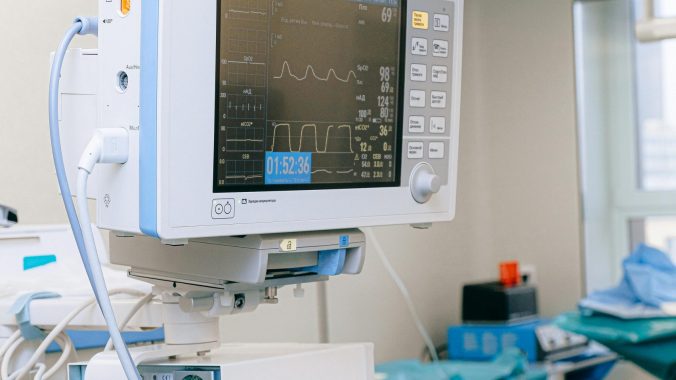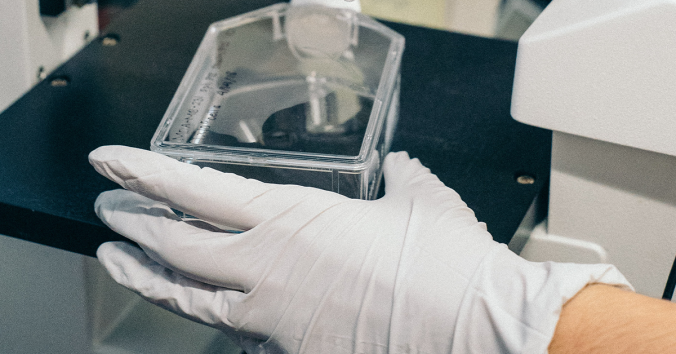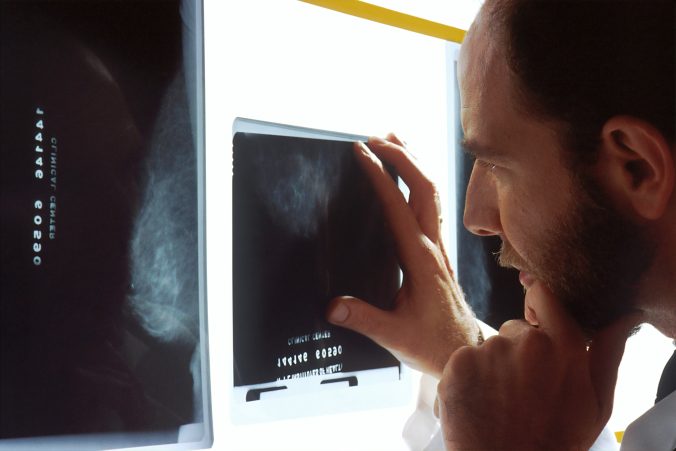In an intensive care unit, seriously ill patients who need medical and technical support for central bodily functions, such as breathing and circulation, are monitored and treated. Usually it goes well, but not all patients survive, despite the advanced and specialized care. An intensive care unit can be a stressful environment for the patient, not least because of the technical equipment to which the patient is connected. When transitioning to end-of-life care, one therefore tries to create a calmer and more dignified environment for the patient, among other things by reducing the use of life-sustaining equipment and focusing on reducing pain and anxiety.
The transition to end-of-life care can create several ethically challenging situations for critical care nurses. What do these challenges look like in practice? The question is investigated in an interview study with nurses at intensive care units in a Swedish region. What did the interviewees say about the transition to end-of-life care?
A challenge that many interviewees mentioned was when life-sustaining treatment was continued at the initiative of the physician, despite the fact that the nurses saw no signs of improvement in the patient and judged that the probability of survival was very low. There was concern that the patient’s suffering was thus prolonged and that the patient was deprived of the right to a peaceful and dignified death. There was also concern that continued life-sustaining treatment could give relatives false hope that the patient would survive, and that this prevented the family from supporting the patient at the end of life. Other challenges had to do with the dosage of pain and anti-anxiety drugs. The nurses naturally sought a good effect, but at the same time were afraid that too high doses could harm the patient and risk hastening death. The critical care nurses also pointed out that family members could request higher doses for the patient, which increased the concern about the risk of possibly shortening the patient’s life.
Other challenges had to do with situations where the patient’s preferences are unknown, perhaps because the patient is unconscious. Another challenge that was mentioned is when conscious patients have preferences that conflict with the nurses’ professional judgments and values. A patient may request that life-sustaining treatment cease, while the assessment is that the patient’s life can be significantly extended by continued treatment. Additional challenging situations can arise when the family wants to protect the patient from information that death is imminent, which violates the patient’s right to information about diagnosis and prognosis.
Finally, various situations surrounding organ donation were mentioned as ethically challenging. For example, family members may oppose the patient’s decision to donate organs. It may also happen that the family does not understand that the patient suffered a total cerebral infarction, and believes that the patient died during the donation surgery.
The results provide a good insight into ethical challenges in end-of-life care that critical care nurses experience. Read the article here: Critical care nurses’ experiences of ethical challenges in end-of-life care.

Written by…
Pär Segerdahl, Associate Professor at the Centre for Research Ethics & Bioethics and editor of the Ethics Blog.
Palmryd L, Rejnö Å, Alvariza A, Godskesen T. Critical care nurses’ experiences of ethical challenges in end-of-life care. Nursing Ethics. 2024;0(0). doi:10.1177/09697330241252975
Ethics needs empirical input













